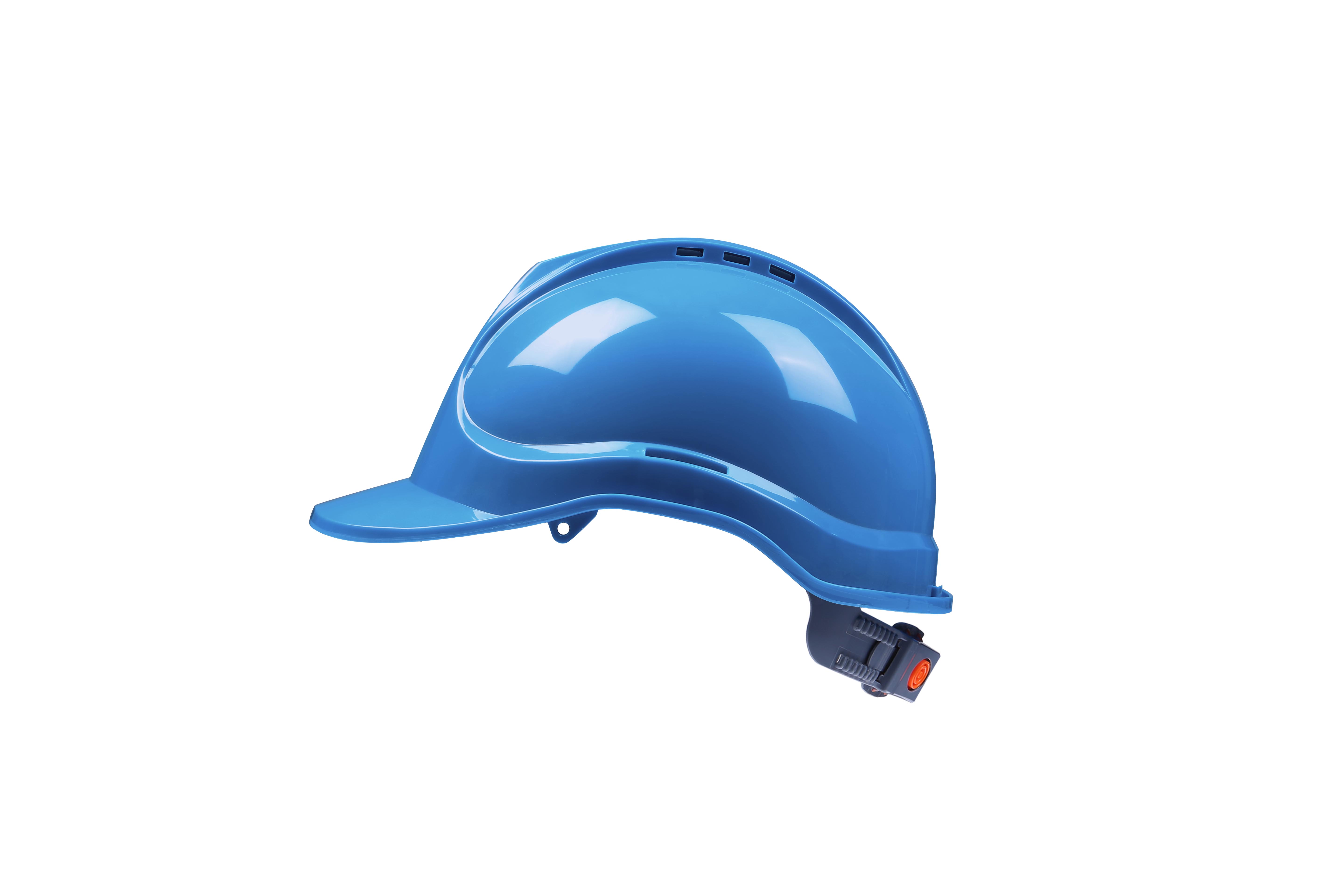permethrin safety clothing
Understanding the Safety of Permethrin-Treated Clothing
In our modern world, the increasing prevalence of insect-borne diseases necessitates innovative approaches to personal protection. One such method is the use of permethrin-treated clothing. Permethrin is an insect repellent that has been used for decades, particularly for its effectiveness against a range of pests, including mosquitoes and ticks, which are known vectors for diseases like Lyme disease and West Nile virus. This article delves into the safety aspects of permethrin-treated clothing and its implications for human health and the environment.
What is Permethrin?
Permethrin is a synthetic chemical related to pyrethrins, which are derived from chrysanthemum flowers. It is primarily used as an insecticide in agriculture and as a repellent in residential and outdoor settings. Permethrin works by interfering with the nervous systems of insects, leading to their paralysis and death. Its effectiveness as an insecticide has made it a popular choice for treating clothing, providing an additional layer of protection against bites and stings.
Permethrin-Treated Clothing
Permethrin-treated clothing, such as shirts, pants, and socks, is designed to provide long-lasting protection from biting insects. This clothing is often used by outdoor enthusiasts, military personnel, and individuals in regions where insect-borne diseases are prevalent. The treatment infuses the fabric with permethrin, creating a barrier that repels and kills insects on contact.
Safety Considerations
One of the primary concerns surrounding permethrin-treated clothing is its safety for human use and potential environmental impact. Numerous studies and regulatory assessments have evaluated these concerns, providing a clearer understanding of the risks involved.
permethrin safety clothing

Human Safety
The Centers for Disease Control and Prevention (CDC) and the Environmental Protection Agency (EPA) have both endorsed the use of permethrin for clothing treatment. Research indicates that permethrin-treated clothing is safe for humans when used as directed. The concentration of permethrin in these clothing items is typically low, and its primary action is localized to the treated fabric. Moreover, the clothing retains its insect-repellent properties even after multiple washes, making it a practical choice for extended use.
However, there are some precautions users should consider. It is advisable to avoid direct skin contact with the treated areas, particularly for those with sensitive skin or a known allergy to pyrethroids. It's also crucial to wash new permethrin-treated clothing before wearing to remove any excess chemical remaining from the manufacturing process.
Environmental Impact
In terms of environmental concerns, permethrin is classified as moderately toxic to aquatic organisms. Therefore, the use and disposal of permethrin-treated clothing should be handled with care. Users are encouraged to wash treated clothing according to guidelines, using a contained space to minimize the runoff into water systems. Additionally, individuals should consider disposing of clothing responsibly to avoid contaminating soil or water sources.
Conclusion
Permethrin-treated clothing represents a highly effective tool in the fight against insect-borne diseases. While safety concerns have been raised, extensive research supports the notion that such clothing is safe for human wear and poses manageable environmental risks when used responsibly. Individuals, especially those in high-risk areas or engaged in outdoor activities, can benefit from the added protection that permethrin offers.
As awareness of insect-borne diseases continues to grow, the use of permethrin-treated clothing may become an essential component of personal safety measures. When utilized correctly, these garments provide peace of mind and a practical solution for staying protected in insect-prone environments. As always, it is vital to remain informed about the products we use and follow best practices for safety and environmental stewardship. By doing so, we can enjoy the great outdoors while minimizing the risks associated with insect bites and stings.
-
Top HDPE Safety Helmets - Lightweight, Durable Head Protection
NewsAug.01,2025
-
Top AI Safety Clothing with GPT-4 Turbo | Smart Protection
NewsJul.31,2025
-
Face Shield Safety Helmet with GPT-4 Turbo AI Safety
NewsJul.31,2025
-
CE Working Clothing for Construction & Welding Safety
NewsJul.30,2025
-
Premium Safety Helmet with Visor for Construction & Industrial Use
NewsJul.29,2025
-
High-Quality CE Working Clothing for Safety and Construction
NewsJul.29,2025
